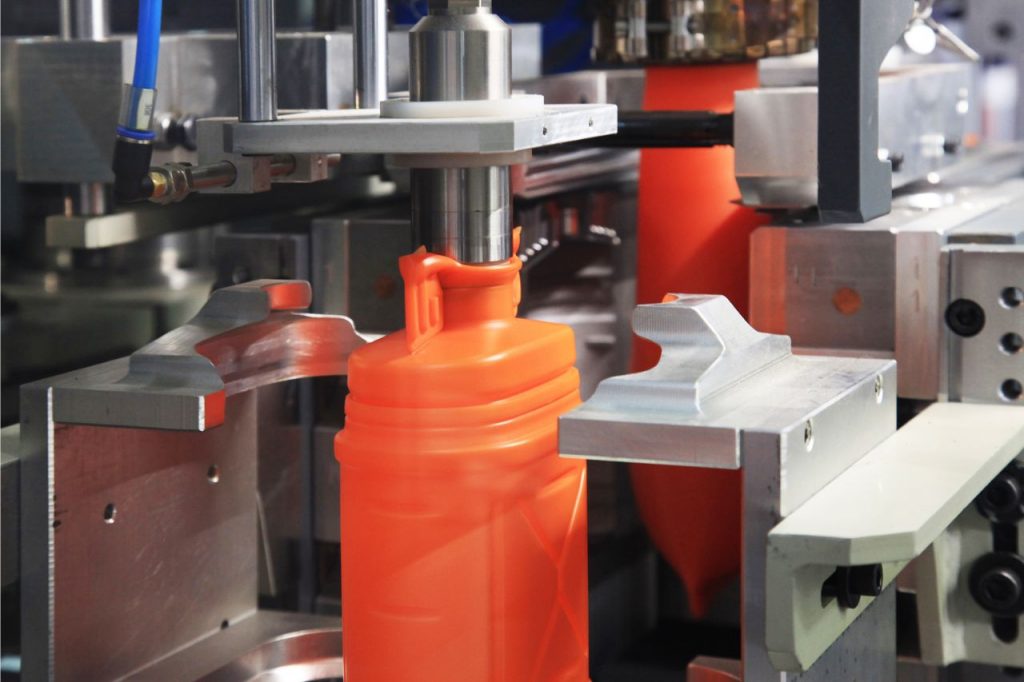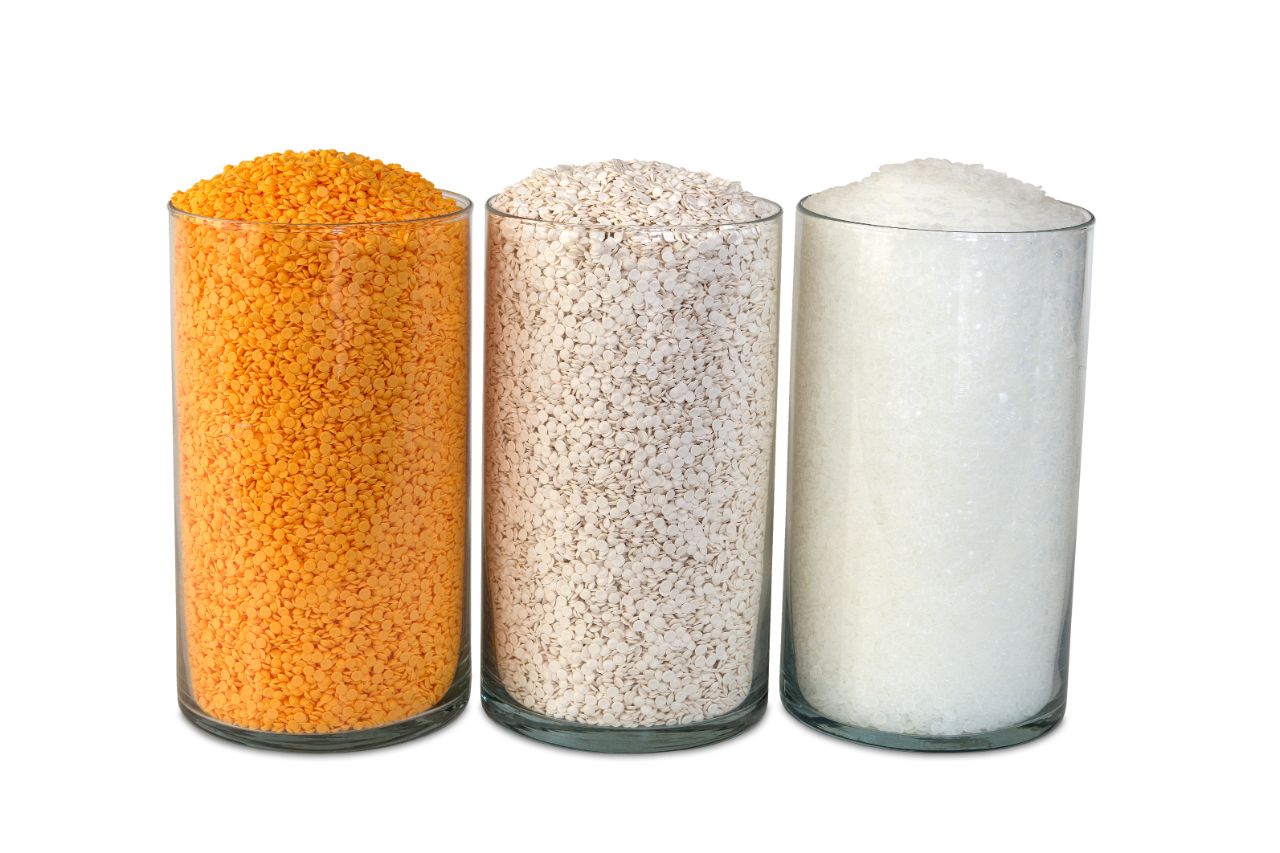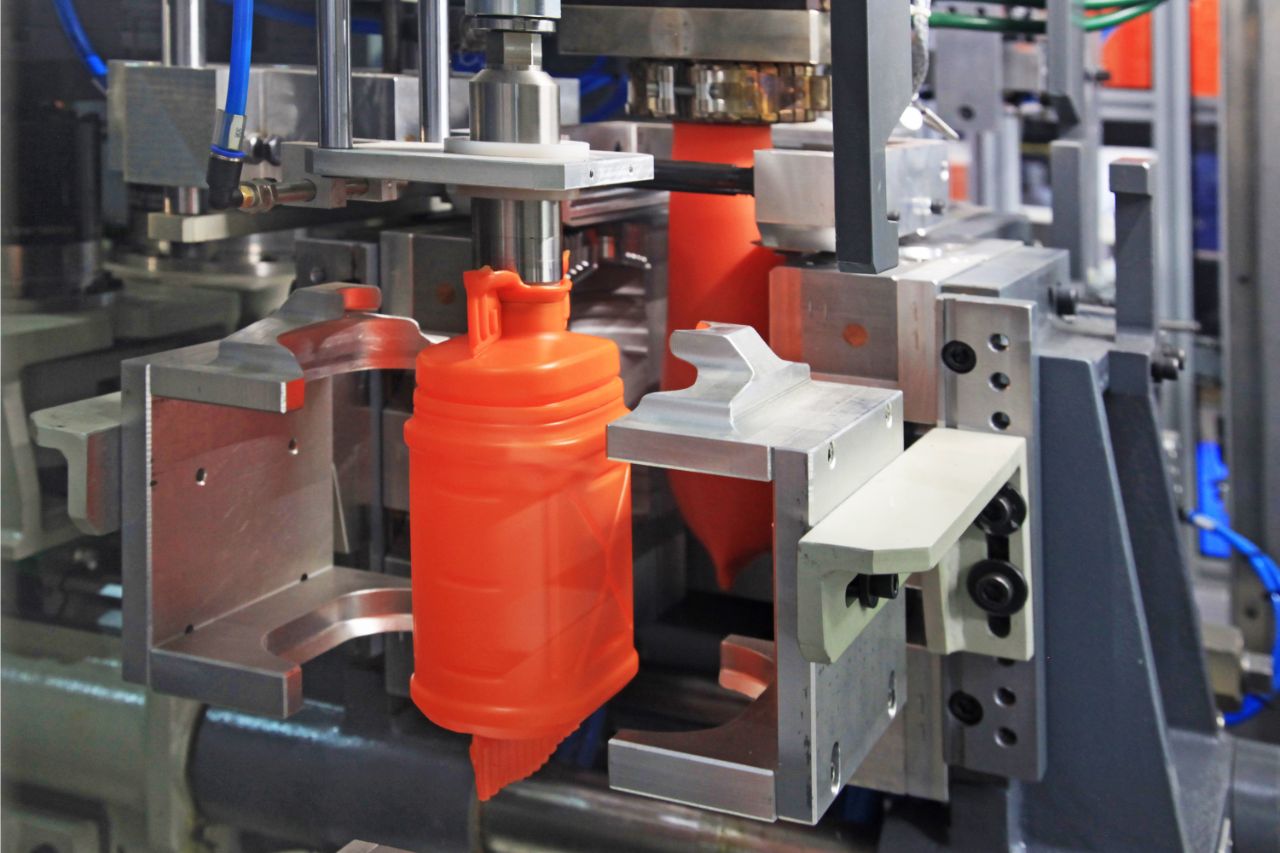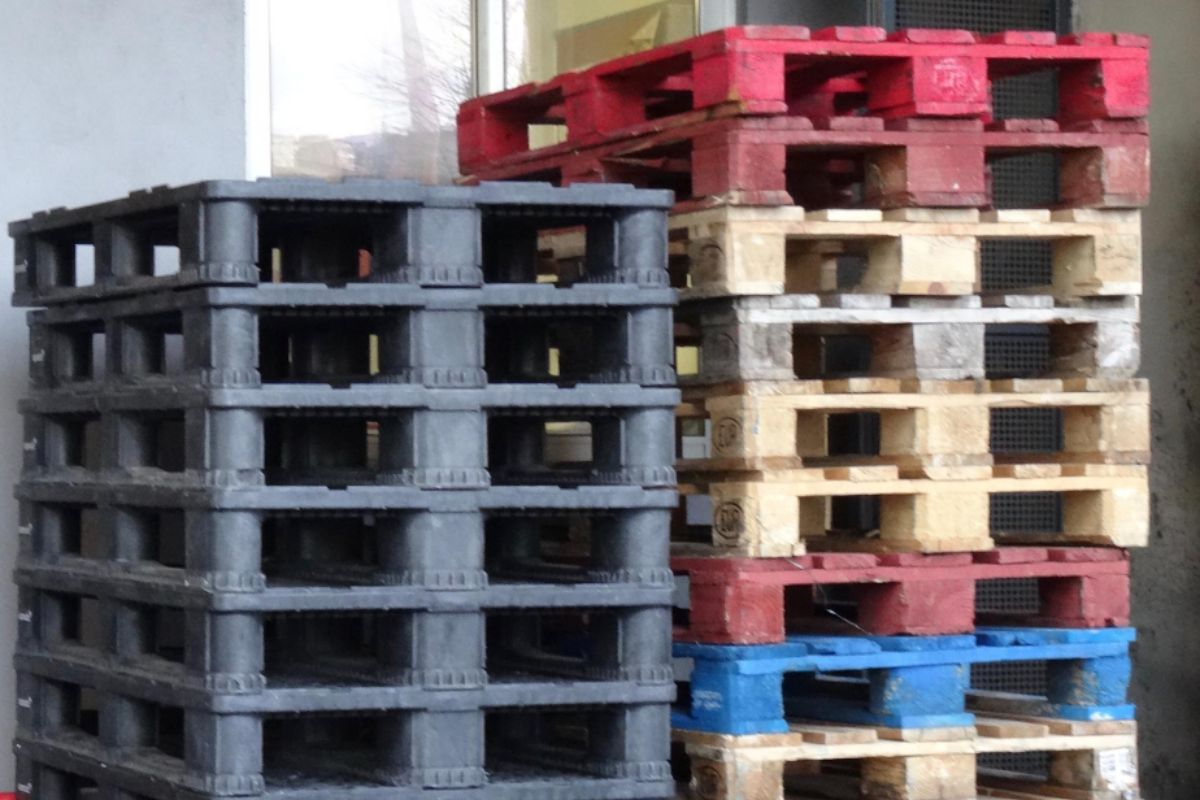What are the differences between injection molding and rotational molding?
- Process
- Type of Raw Materials
- Complexity
- Length of Cycle Time
Different types of plastic fabricating techniques exist, but there is a large comparison between two kinds — injection molding vs rotational molding. On the surface, the two methods differ on the process. As the name suggests, rotational molding relies on forming plastic products through a spinning motion. While injection molding relies on a high-pressure/hydraulic-powered injecting motion to successfully fill a tooling die.
Although rotational molding and injection molding are two different processes, some of the aspects in their production methods can be comparable. Aside from the technique, they also vary in the type of raw materials used, lead time/cycle time length, the complexity of the process, product design, and the like. Read on to learn more.
Process
There are three main systems in the injection molding process, namely the injection unit, clamping mechanism, and the mold/tooling die. The process usually begins once molten pellets are fed into the nozzle. Afterward, they are molten through different pressure and heat chambers before being fed into the mold. The end product is ejected from the machine with the help of a clamp device after the molten resin has already solidified.
In rotational molding — or rotomolding as it’s also referred — instead of plastic pellets, powdered plastic resin or a fluid version is used. Here’s a few steps illustrating the entire process:
- First, the raw materials are transferred into a mold that usually sports a hollow design.
- Rotating on two axes, the powdered resin then begins adhering and taking the shape of the mold. This component is also subjected to high temperatures, similar to the injection molding process, in order to allow the resin to follow the mold’s contours.
- The rotating motion continues up until the point that the resin has finally begun to cool and solidify.
- Finally, the resulting product is carefully taken out of the mold, thereby completing the process.
Type of Raw Materials
When it comes to the type of raw materials used, rotomolding and injection molding vary not only with the form of the raw materials, but also the kind. This is where you’ll see how limited the rotomolding process is, as it’s mainly limited to polymers such as polyethylene (PE). Whereas in injection molding, there are tons of resins, thermosets, and thermoplastics to choose from.
Since there’s a limited type of raw materials to choose from in the rotomolding process, end-suppliers and customers might prefer the flexibility of injection molding. Injected molded parts can be made from virtually any resin — be it PE, acrylic, nylon, polystyrene (PS), Acrylonitrile butadiene styrene (ABS), and the like.
Rotomolding manufacturers are limited to the type of resin they’ll be using, making this process not really suitable for varied purposes.
Complexity
As you’ve learned, injection molding and rotomolding seem fairly similar, regarding the sophistication of the process. Both require the resin to be heated before it takes the shape of the mold. Both also make use of different machines and equipment in order to make the finished plastic product.
While rotomolding may sound simple as described, it’s actually a far more complex process. There are so many areas in the rotomolding process that can go wrong, which is why they may not really be ideal in high-tolerance manufacturing.
For example, there may be disfigurations on the product, especially when the cooling and heating are uneven. There may also be cases wherein not enough resin was used in the method, leaving out empty spaces or gaps that can affect the final product’s functionality.
Although there may be defects in injection molding, the straightforwardness of the technique allows manufacturers to make acceptable modifications to the clamping, tooling, and mold system, in order to prevent these issues from occurring.
Length of Cycle Time
Injection molding typically has a shorted cycle/lead time compared to rotomolding. The former can last for as short as 2 minutes to 1 hour, depending on the cavitation of the mold. On the other hand, rotomolding will be completed after around 3 hours — more than three times the cycle time for injection molding.
Knowing this, injection molding is the suitable choice for high-volume production of plastic parts or customized components. Machine operators will experience very little difficulty in using injection molding equipment. This process also produces less scrap waste compared to rotomolding, meaning the need for post-processing techniques can be minimized.
Rotomolding is ideal only for low-volume production which aren’t really meeting a strict deadline. The process takes much longer to achieve design and functionality — a staggering 8 rotational cycles for every 60 seconds. Afterwards, any excess waste on the final product still has to be sheared off by the manufacturer before moving onto the next production phase.
Key Takeaway
Between injection molding vs rotational molding, the injection molding process is more efficient. Granted, rotomolding can be used to produce complex plastic products that have a hollow appearance, this process isn’t really practical.
Injection molding has a much shorter cycle time, is ideal for producing high quantities of materials in a single cycle, features simple techniques, and generates less waste. The next time you’re choosing between the two, weigh out your options and choose the one that offers you the best overall value for your plastic manufacturing requirements.












